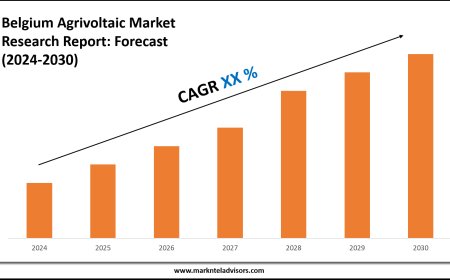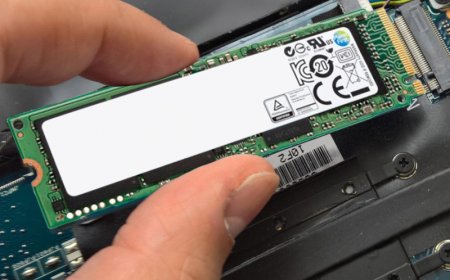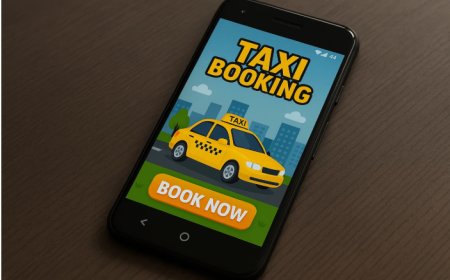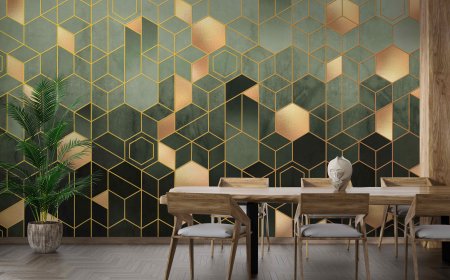From Idea to App Store: What It Takes to Build a Real Estate App That Works

Thinking about building a real estate app? Good.
Thinking its going to be easy? Lets talk.
Most real estate apps dont fail because of bad ideas. They fail because theyre built without structurewithout the patience, process, or partnerships that make great products possible.
If you're serious about moving from concept to a live app with real traction, heres what that journey actually looks like.
Step 1: Clarity Beats Complexity
One of the first missteps? Founders try to build too much.
Search, map, chat, schedule, recommend, compare, estimatesound familiar? Ambition is fine. But when you're building version one, scope is everything.
The real estate app development process should start with one simple question: whats the one action you want your users to take every time they open your app?
Thats where your MVP lives. Strip everything else away. Clarity wins.
Step 2: Nail the Experience, Not Just the Feature List
Most users won't remember all your app can do. They'll remember how it made them feelfast, smooth, or frustrating.
Thats why every detail matters: loading time, scroll behavior, filter intuitiveness, image quality. The real estate app features that users actually use are often the ones founders overlook:
-
Recently viewed listings
-
Auto-saved searches
-
Tap-to-call or schedule buttons
-
Nearby amenities shown visually
Build utility, not noise. Thats how loyalty begins.
Step 3: Avoid the Usual Mistakes
Plenty of good apps fail for boring reasons.
They launch with no user testing. They work fine on one device but break on others. They bury important actions three taps deep. Or worse, they treat all users the sameagents, renters, buyerswithout segmenting their flows.
These real estate app mistakes arent dramatic. But they stack upand silently kill retention.
The solution? Dont build in a vacuum. Test. Iterate. Watch real users. Then polish what matters.
Step 4: Dont Build Zillow Again
We get it. Youre building an app like Zillow, but with a twist.
The problem is: Zillow already won that game. Unless your data access, market presence, and brand budget match theirs (they wont), cloning their playbook wont work.
Instead, carve out what Zillow doesnt do well. Is it agent-client communication? Rental application management? Off-market deal flow?
Your success isnt in imitation. Its in specialization.
Step 5: Pick the Right Tech Partner
Even the best ideas can fall apart in the wrong hands. Your app needs to be stable, scalable, and maintainableand for that, you need the right team.
A generalist agency can write clean code. But a real estate app development company brings context: IDX integrations, MLS feed logic, agent workflow mapping, regulatory awareness.
That doesnt just mean fewer bugs. It means smarter decisions from day one.
Step 6: Learn from the Best
Want a shortcut to what works? Study the best real estate apps already on the market.
Youll notice a few things:
-
They launch lean but evolve fast
-
Their UI feels intuitive, not overwhelming
-
They focus on one core user groupthen expand
-
Their support and feedback systems are baked in from day one
You dont need to reinvent the entire model. Just improve one part of it.
Step 7: Stay Lean, Even Post-Launch
Heres where most apps stall: they launch, get a few hundred downloads, and immediately start adding features no one asked for.
Growth isnt about volume. Its about retention, engagement, and trust. That means ongoing refinement, small experiments, and consistent UX updates.
And yes, that means ongoing support toowhich is why working with a flexible provider of real estate app development services matters long after your MVP hits the store.
Launch is a milestone. But iteration builds momentum.
Final Word
Building a real estate app takes more than wireframes and code. It takes focus. User insight. Clear priorities. And a team that knows the terrain.
Because in this space, its not the app with the most features that wins. Its the one that people keep using.
So think sharper. Build smaller. Learn faster. And give users something theyll want to come back toagain and again.


































